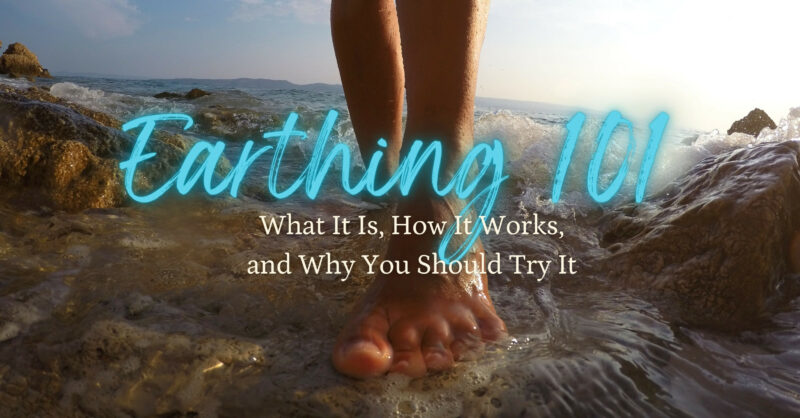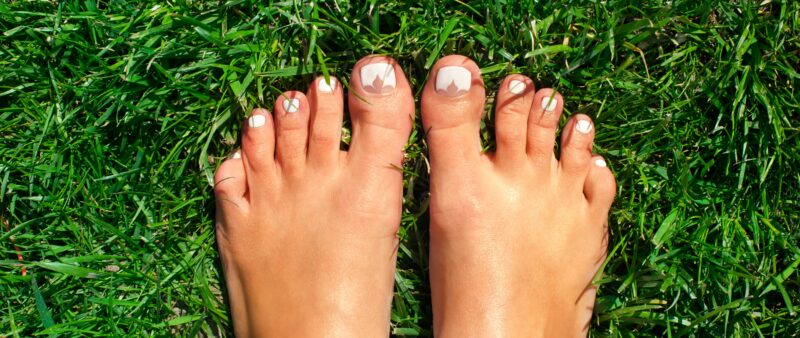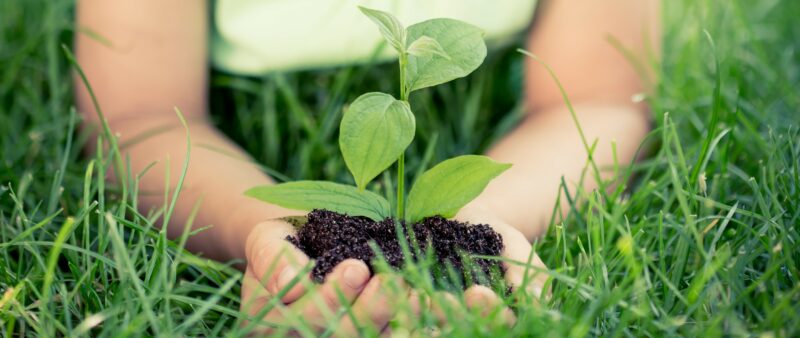Earthing 101: What It Is, How It Works, and Why You Should Try It
It may come as no surprise, with Earth Day on the 22nd, that the entire month of April has been devoted to our planet as Earth Month. And what better way to honor that than by shucking your winter boots, thick wooly socks, and heading outside to give your feet a dose of sunshine and fresh air?
There’s an art and science to getting our bare feet on the Earth, so let’s learn more.
The What
Earthing, also known as grounding, is defined as the practice of making direct physical contact with the Earth’s surface. The theory behind earthing is that the Earth’s surface contains a natural electrical charge, and that by connecting with this charge, the body receives a variety of health benefits.
The most popular way to do this is by walking barefoot on the ground. It can also be experienced through grounding equipment such as conductive mats or shoes with copper inserts in the soles.
Aside from feet, earthing goes for hands too. Planting and weeding in the garden counts, as does—yes—tree hugging! Plants that have roots help to transfer this energy too.
The How
Evidence for earthing is both research based and anecdotal. A study published in the Journal of Environmental and Public Health reports that:
Modern lifestyle separates humans from such contact . The research suggests that this disconnect may be a major contributor to physiological dysfunction and unwellness. Reconnection with the Earth’s electrons has been found to promote intriguing physiological changes and subjective reports of well-being. Earthing (or grounding) refers to the discovery of benefits—including better sleep and reduced pain—from walking barefoot outside or sitting, working, or sleeping indoors connected to conductive systems that transfer the Earth’s electrons from the ground into the body.
What’s that about “better sleep”? More on that next. Whatever the case, we’re big fans of getting outside with Mother Nature as much as possible, so we’re happy to have new reasons to put our feet on the dirt and grass.
The Why
Reported earthing benefits include better sleep (woot!), reduced stress, and improved immune function.
A major factor may be a reduction in inflammation. Inflammation is a natural response to injury or infection, but chronic inflammation has been linked to a variety of health problems, including heart disease, diabetes, and cancer. The transfer of electrons during grounding may produce an anti-inflammatory effect on the body, thereby improving overall health.
As for sleep, earthing may also improve sleep by regulating the body’s production of the hormone melatonin, which plays a key role in regulating sleep-wake cycles. (Read more about melatonin here in our Healthy Sleep Series!) And we all know that anything that improves our sleep improves everything in life.
There’s also evidence for barefoot walking being healthy for other reasons. Many of us wear shoes that aren’t exactly foot shaped, so giving feet some room to breathe and stretch out is important for foot and leg health. The bones, tissues, and nerves of our feet actually enjoy a variety of surfaces, so try strolling on grass, stones, sand, logs, and in mud and see how your feet reward you. It’s been shown to help with balance, physical awareness, and strength.
Beyond the tangible results, earthing practitioners also report an improved mood, reduced stress, and a general sense of calm and wellbeing. Connecting with nature really is the answer for many of our ills.
Getting Grounded
Maybe the coolest thing about earthing is that it’s available to everyone, free of charge. (See what I did there?) As the weather continues to warm in the northern hemisphere, get your bare feet on the earth and see what shifts for you.
Follow your bare feet over to our Instagram and Pinterest feeds for more healthy living and sleep tips. And may your earthing adventures bring you sweet dreams!





